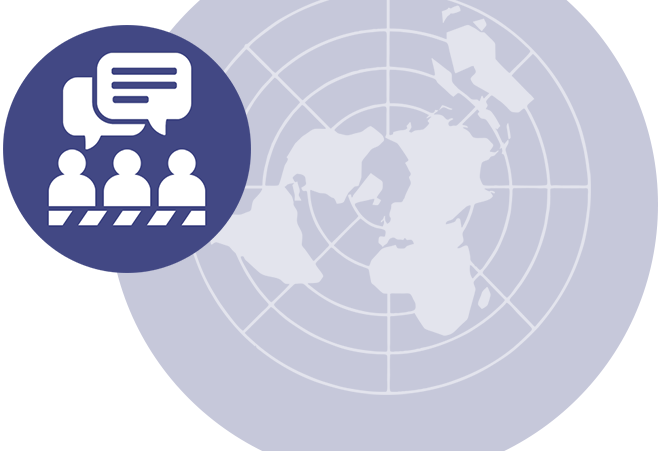
Regulatory Mapping
The International Trade Centre's (ITC) regulatory mapping aims to increase transparency of markets worldwide by establishing a comprehensive database of the regulations that products must comply with in order to be exported/imported or sold in a market. This dissemination of regulatory information is a key aspect of ITC's mission to leverage trade for more inclusive economic growth by making it easier for companies to conduct research and export to new markets.
In addition, the regulatory mapping supports governments' export development efforts and helps them implement the transparency-related provisions of the WTO Trade Facilitation Agreement: "Members are encouraged to make available further trade-related information through the internet, including relevant trade-related legislation (Article 1)".
At the core of ITC's project is the collection of a wide variety of legal documents issued by governments such as laws, decrees and directives. The data collection is a joint effort of ITC, UNCTAD and the World Bank and is done in close collaboration with national stakeholders, who are invited to provide feedback. The collected regulations are mapped according to the international classification of NTMs and to specific product codes. In line with ITC's mandate, the data is disseminated as a global public good through ITC's Market Access Map and the World Integrated Trade Solution tool of the World Bank.
Data Collection
Comprehensive and reliable information about NTMs applied by governments is difficult to obtain. As they consist of all measures affecting trade other than tariffs, domestic requirements such as production standards are included alongside traditional border measures. Given that most regulations have at least the potential to influence trade flows, the number of possible NTMs is vast.
The aim of the regulatory mapping exercise is to collect all mandatory regulations that products must comply with in order to be traded in a country. The data collection requires a careful review and analysis of national legal documents such as laws, decrees and directives, and the identification of individual measures that may affect trade. Common data sources include:
- National legislative databases such as online directories of national laws or government gazettes.
- Technical documents provided by national standard bodies and other agencies.
- Legislative databases maintained by international organisations such as the World Trade Organization (WTO) and the Food and Agriculture Organization (FAO).
Classification
ITC's regulatory mapping project aims to provide exporters, importers and policymakers with the most relevant information on NTMs in a practical manner. To do so, the data collected is categorized according to the NTM MAST classification and saved with other vital information such as affected products, partner country and implementing authority. In order to maximise the reliability and impact of the information, national governments are invited to validate the data.
Data Dissemination and Analysis: Market Access Map
NTM data for over 70 countries is available online in Market Access Map, an online tool developed by ITC to improve transparency in market access conditions.
In line with ITC's commitment to improve access to trade intelligence, users in developing countries use the full application free of charge. Market Access Map is made available thanks to the support from the European Union, United Kingdom, World Bank, contributors to the Transparency in Trade initiative as well as donors to the ITC trust fund.


